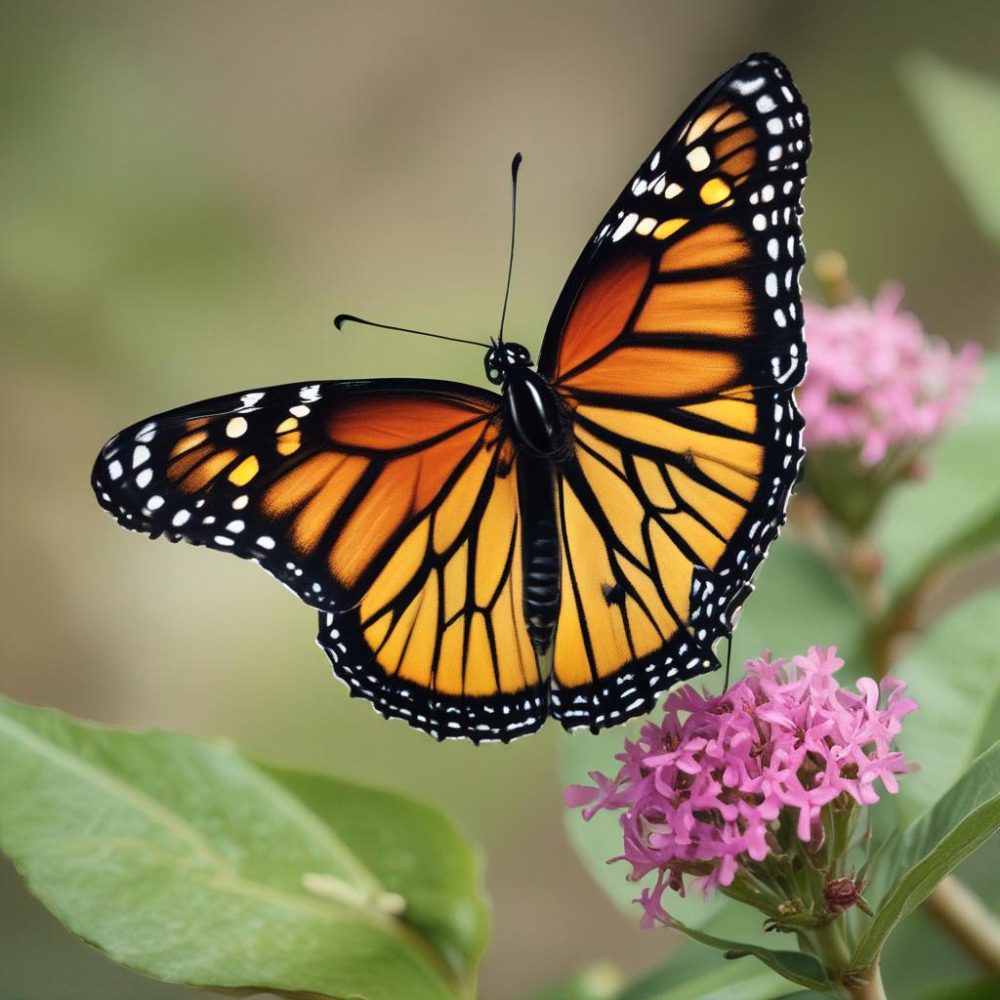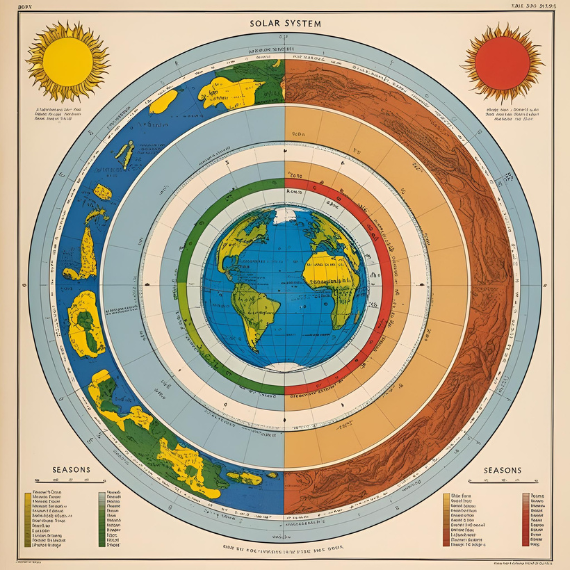Butterflies are beautiful creatures. Unfortunately, a butterfly that is well-known for its beautiful colors is endangered. This butterfly is the Monarch Butterfly. The scientific name of monarch butterflies is Danaus plexippus, which means “sleepy transformation” in Greek. “The name evokes the species’ ability to hibernate and metamorphize.” They weigh less than half a gram. Their wingspan is 4 inches. They inhabitant forests and mountains. Their name is unique and they are beautiful.
There are differences between the males and females that could help distinguish the butterfly. Adults have two pairs of orange-red wings with black veins and white spots. The males are slightly bigger than the females. “Adult monarch butterflies possess two pairs of brilliant orange-red wings, featuring black veins and white spots along the edges. Males, who possess distinguishing black dots along the veins of their wings, are slightly bigger than females.” Unfortunately, as adults, they only live about four to five weeks. Monarch butterflies will only lay their eggs on one specific plant, Milkweed. Milkweed is the only place they will lay their eggs and the only food source for baby caterpillars. Sadly, urban planning and agricultural expansion have paved over millions of acres of milkweed which has caused a big problem for the butterflies.
Habitat loss is a big problem with the butterflies. In the winter, monarch butterflies need mountain forests in Mexico to survive. The problem is that people also rely on those mountain forests and create pressure on them with agriculture and tourism activities. “New data detailing the abundance of the eastern monarch butterfly colonies wintering in central Mexico’s forests estimate that the species occupied only 2.2 acres during the 2023-2024 winter season—59% less than the previous year when scientists observed 5.5 acres.” The data recorded in 2023-2024 is the second-smallest area occupied by monarch butterflies in Mexico since 1993.
Climate change is also a big problem for monarch butterflies. In Canada and the United States, the climactic variations in the breeding areas for monarch butterflies have brought high temperatures and drought which has caused a reduction in the amount of milkweed there is. “Land-use changes in the United States, combined with the widespread use of herbicides, also contributed to the loss of milkweed and other nectar plants essential to feeding adult monarchs.” Usually, monarch butterflies travel between 1,200 and 2,800 miles or more from the United States to Canada and then to Mexico to find the right climate conditions to hibernate. Due to climate change, fewer butterflies mean that less than that have been able to migrate for the winter.
The World Wild Life, also known as the WWF, is working to preserve important butterfly habitats in Mexico’s Monarch Butterfly Reserve. They are working with many people in Mexico to help promote good forest management and tourism that is sustainable. In the US, there is a variety of measures being taken to help save the monarch butterflies migration. The WWF is working with many people to help farmers increase the biodiversity of their lands and reduce the impact that crop production has on the environment.











